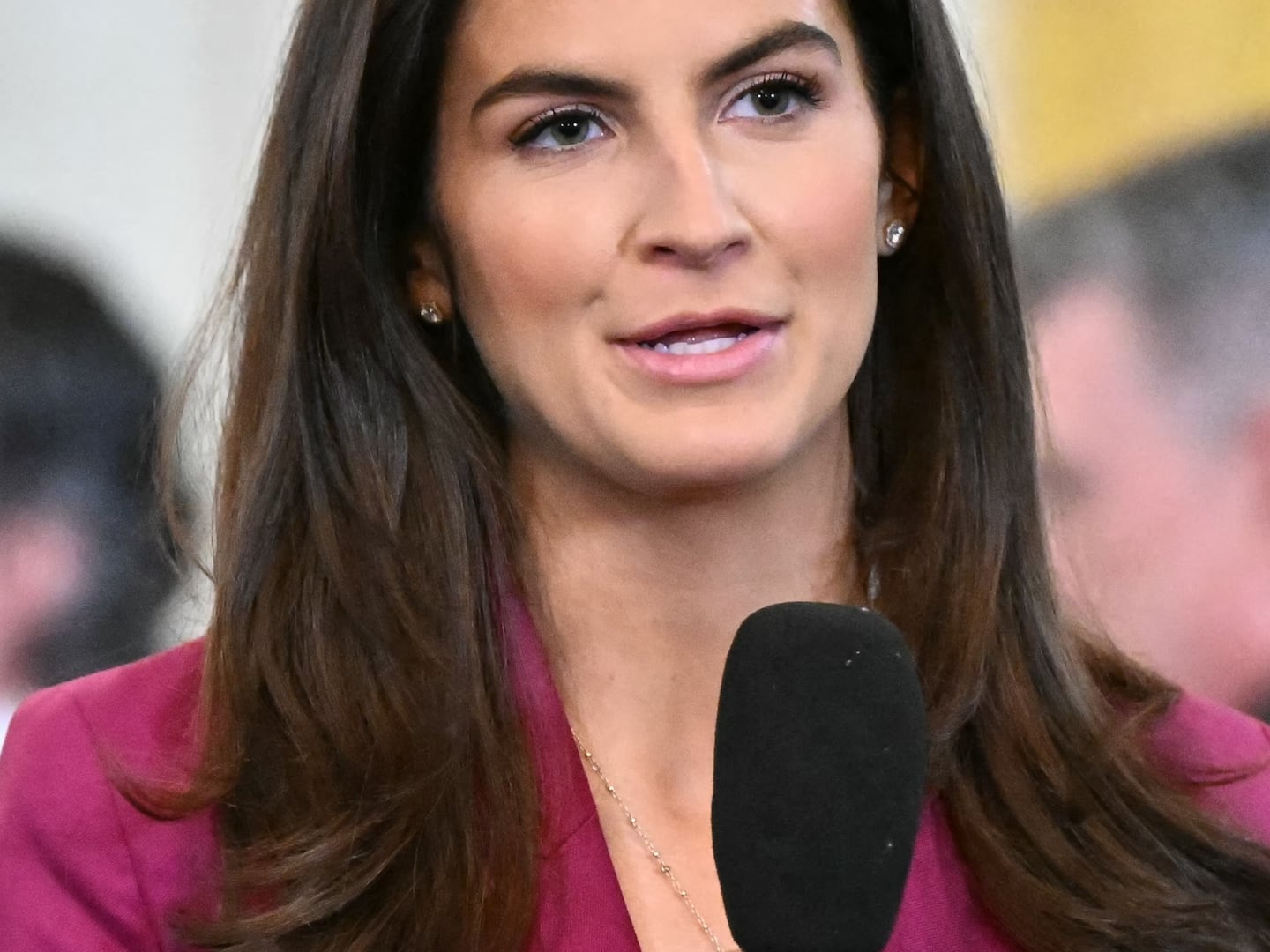CAIRO — After a deadly riot in 2012, Egypt’s stadiums became eerie ghost towns where spectators were banned and footballers played behind closed doors under the flat gaze of a few cameras.
There was good reason: Seventy-four people had been killed in a stadium in Port Said. And the Egyptian authorities have grown deeply suspicious of soccer fans, especially those who call themselves “Ultras.” Government officials often denounce them as hooligans, but there’s more to them than that. The Ultras have played a kind of wild-card role in the tumult of Egypt’s politics these last four years. In the 2011 revolution that toppled Hosni Mubarak, members of the Ultras swept into political rallies en masse, and today the country’s leaders portray them as a sort of rent-a-crowd willing to fight the security forces for the fun of it, whether on or off the country’s pitches.
But the government in Cairo has wanted to show that Egypt is returning to tranquil normality under President Abdel Fattah al-Sisi. So, finally, the ban on spectators at leagues matches was lifted last Wednesday, and on Sunday a 20-year-old engineering student who calls himself Mohamed, a member of the Zamalek Club’s hard-core Ultras White Knights football fan group, went along with thousands of other supporters to a stadium in the eastern outskirts of the capital to watch the Cairo-based Zamalek and ENPPI clubs play.
The atmosphere was electric, people of all ages were chanting in anticipation of finally seeing a top league game. Some of the young men had brought fireworks with them, their favorite way to celebrate at the end.
But something was different from years past. The police were channeling thousands of fans into a narrow passageway, just six meters wide, toward an enclosed entrance point.
“At the end was a cage protected by barbed wire and a very small gate, which couldn’t allow more than two people to pass at one time,” Mohamed told The Daily Beast. “Whenever anyone got into the stadium there would be clapping, cheers, and shouts,” he said. “People were crying out, ‘Open! Open!’ I started to feel anxious.”
It was around 5 p.m. and the numbers were rising, creating a crush at the front where the security forces were letting in groups of just 50 people at a time. A few at the front warned the police of the pressure of the crowd behind them, that the steel gate was likely to collapse and kill anyone it landed on.
“I heard a policeman shout, ‘Go to hell!’” said Mohamed. “Five minutes later it buckled, crushing people underneath it.”
Chaos erupted. Clashes broke out. The police opened up with birdshot and tear gas. More than 25 fans were killed in the melee. As the tear gas cleared and gunfire died down, the mangled bodies of young men were left strewn across the grubby passageways of the stadium littered with abandoned shoes and football flags.
The narratives of what happened differ widely: The Egyptian interior ministry claims people without tickets tried to enter the arena forcibly and scale the walls. In the panic a deadly stampede started, suffocating many to death. Hooligans set alight a police car, attempted to stop the Zamalek team bus from reaching the stadium, and attacked officers with rocks and fireworks, they said.
But according to fans, the officers—panicked by the spillover of boisterous young men—started beating people until someone let off a firework to force them to back off. The police replied with volleys of tear gas and birdshot. Penned in by steel gates and walls, desperate fans surged backward.
“I found myself running over dead bodies. In some places I saw as many as five people piled on top of each other,” said Mohamed.
Further into the crowd, fans who could not see what was happening at the front found themselves under a hailstorm of tear-gas canisters and pellets.
“For no reason they opened fire on us. It was chaos. We were animals in a cage. People were crushed to death and suffocating,” said Amr, 29, who passed out from the tear gas and was rescued by friends.
On social media, young fans rushed to correct the police version of events, posting their testimonies on Facebook and Twitter:
“Some people fell on the ground and got crushed, and I was one of them, but there were people under me,” wrote Abdel-Rahman Bin Kamel on Facebook, detailing his own harrowing experience. “I swear to God, one of them died under me,” he said, claiming to have witnessed 20 deaths.
The Ultras, their clashes with each other, and with the police are almost legendary at this point, yet whatever version of Sunday’s events you believe, it’s clear the authorities had no decent plan for keeping order, and it is unfortunate but not unusual that they did not. As we’ve seen many times in their responses to political protests, there is very little sense of proportional force, and disorder can descend rapidly into chaos.
Just three years ago, almost to the day, 74 people were killed when rival fan clubs Ultras Ahlawy and Ultras Green Eagles stormed the pitch of a match in the coastal city of Port Said as the footballers dived for cover in the locker rooms and the security forces closed the exits. The government temporarily canceled the league back then, as they did again Monday. They have also reinstated the ban on spectators.
The 2012 massacre sparked a cycle of violence as Ultras Ahlawy protested against the police for not intervening in Port Said. Their members, they said, had been gutted with knives, thrown off the top benches of the stadium, beaten to death, and suffocated in stampedes allegedly provoked by the Green Eagles.
The protest rallies degenerated into street battles with the security forces that went on for a week and sparked a spiral of retaliatory protests, sit-ins, and clashes that lasted a year.
Many fear that after Sunday’s killings the same ugly cycle will be reignited.
“The truth is clear to the world and we know the criminals who incited the murder,” the Ultras White Knights warned the authorities in a statement on Facebook. “We have passed through your courts many times with no truth held up nor retribution for the wronged. The time has come for you to pass through our courts. What comes around goes around.”
As if all this history were not strange enough, the Zamalek club’s eccentric president, Mortada Mansour, a Mubarak-era official turned avid supporter of the military and President al-Sisi, has been trying unsuccessfully to get his team’s fans—the Ultras White Knights (UWK)—listed as a terrorist organization. In August he accused them of attempting to assassinate him, in collusion with the banned Muslim Brotherhood.
Last month 20 UWK members were sentenced to three years in jail for “assaulting security forces” in an African Cup game—while another four were jailed for three months for the alleged attack on Mansour.
It’s not just the UWK facing the courts: Twenty-one people, many of them from the Ultras Green Eagles, would have faced the gallows for the Port Said post-match violence had a retrial not been ordered.
Modeled on the European and South American Ultras groups, the first Egyptian chapter was founded in 2007 by the supporters of Cairo’s Ahly team. Ultras Ahlawy remain the largest fan club in the country and inspired supporters of the other major teams to follow suit.
There is no official process to join the media-shy male-only membership, although girls have been known to test that by occupying sections of the stadiums in matches with their own banners, gleefully annoying the boys. Some of the more active members are put through an interview process with the Capos, or founders turned leaders. Others simply buy the kit, learn the chants, and sit in the right corner of the football stands.
Back in 2007, they were praised by local media, who commended the “festive atmosphere” they brought to the country’s matches.
“They turned the stadiums into carnivals. It was an interesting spectacle to see people cheer their teams in coordinated chants,” said Hatem Maher, an Egyptian sports journalist who has followed the Ultras movement since its inception.
“This was the case until they started having problems with the security forces, mainly because of the fireworks and the banners they used and because of the clashes with rival fan groups,” he added.
There were frequent battles between Ultras Ahlawy and the Ultras White Knights, culminating just a few months before the 2011 uprising, when angry Zamalek fans stormed the Ahly Club headquarters and allegedly assaulted the staff.
The football fans also battled Egypt’s poorly trained security forces, who used brutal tactics against the Ultras—as they did against all unauthorized gatherings including political protests—quickly crushing crowds in a flurry of police batons.
Until 2011, all the Ultras’ skirmishes had been football-related. The revolution was a new chapter, Maher said.
The uprising put police brutality in the spotlight and the Ultras, although refusing to officially enter the political battleground as a group, permitted their members to join Tahrir Square as individuals. Thousands of young men flocked to the streets, helping tip the balance in the favor of the anti-government demonstrators.
“The government was trying to occupy all the places where people could gather and hold an opinion, be that a stadium or protest square,” said Adel, 24, once a fervent member of Ultras Ahlawy and a footballer himself. Joining the revolution “made sense,” he said. They had been battling the police state for years in the arenas, he added. Indeed, they saw the stadiums as a microcosm of the state.
At the height of the post-revolution sit-ins, the groups spray-painted “all cops are bastards” over Cairo’s main streets. Their football chants insulting the opposing teams were carefully redrafted to include the names of the country’s unpopular leadership.
Ultras Ahlawy in particular took over a corner of Tahrir Square, setting up their tents, emblazoned with their catchphrase acronym ACAB, during most political sit-ins between 2011 and 2012 during the temporary role of military council.
There had been some recent movements by the authorities to reconcile with the young football fans. President al-Sisi praised the Ultras for their generally good behavior following a December CAF Confederation Cup final, which they were permitted to attend under a temporary lifting of the spectator ban. Even the Egyptian media, their staunch enemy, commended the young fans.
“It was a sign that things might be different, relations might start to get better,” Maher said, “but after what happened on Sunday I think we are back to square one or worse.”
Egypt is gearing up for more violence in the coming days as angry friends and family of those killed in Sunday’s violence demand answers.
On Monday distraught families and friends gathered at Cairo’s Zeinhom morgue as the bodies—not yet identified—were being picked up in battered wooden coffins. Many vowed vengeance.
“I know my friend was at the game, we saw on TV there were clashes but never thought it would end this way,” said Ahmed Kamel, a 21-year-old student outside the morgue. When UWK posted a list of the dead online, he saw his friend was on it.
“We can’t believe this has happened, over a football match,” Kamel said, as families sobbed around him. “I swear to God we will make sure he will not have died in vain.”
—With additional reporting by Diaa Galal





